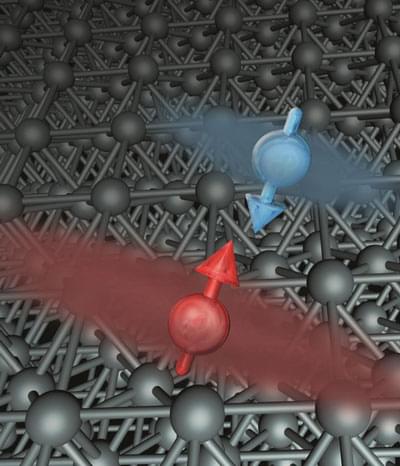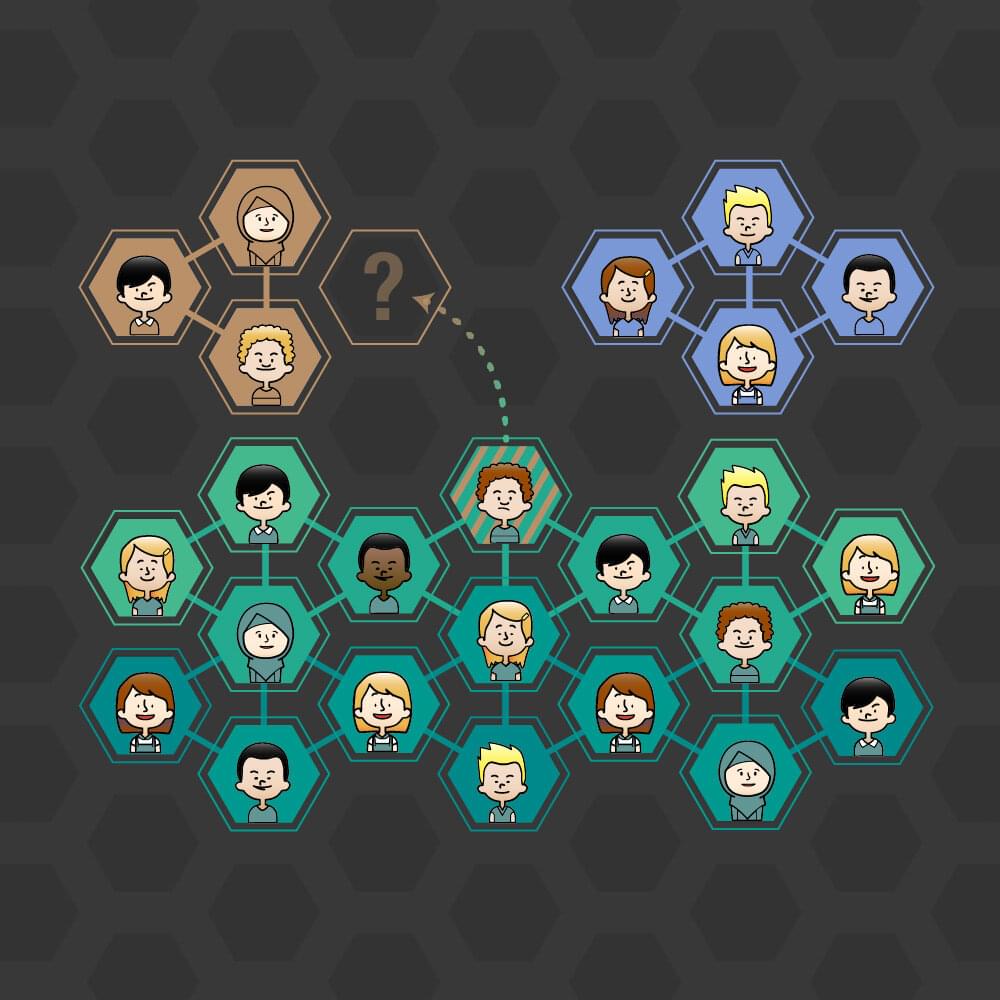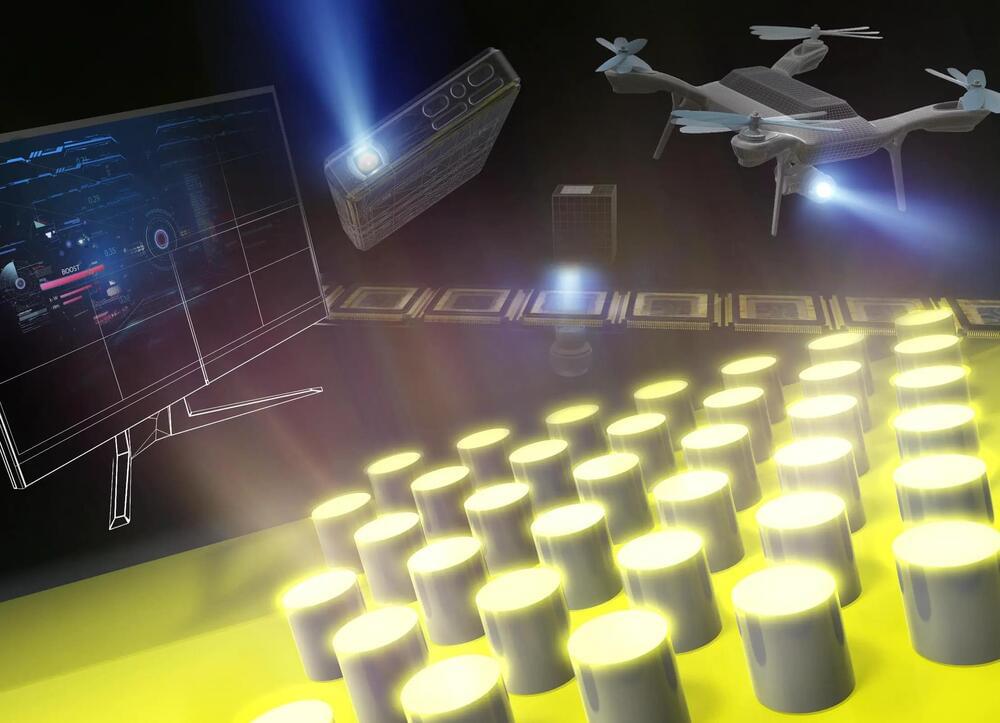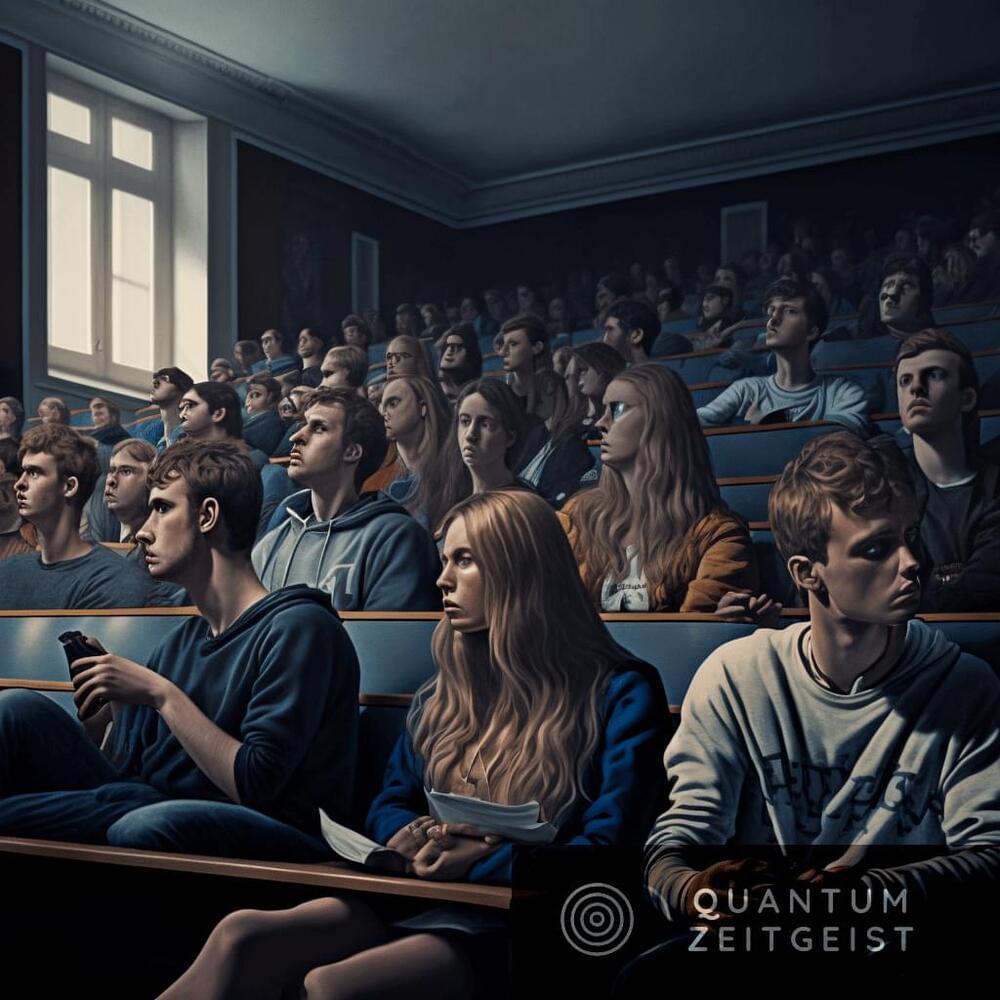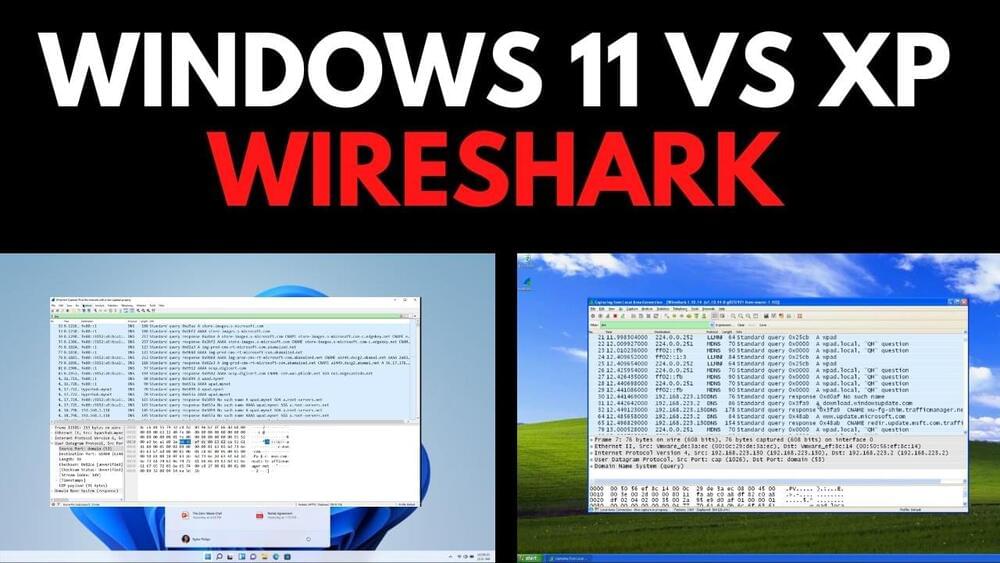Feb 4, 2023
Revolutionizing electronics: The rise of spintronics technology
Posted by Dan Breeden in categories: computing, particle physics
Spintronics is a technology that utilizes the spin of electrons — in addition to their charge — in order to store and process information. Unlike traditional electronics, which rely on the movement of electrons to perform their functions, spintronics uses the intrinsic angular momentum of electrons to achieve the same results. Spintronics offers the potential to address some limitations of traditional, charge-based computing and it has the potential for developing new types of devices such as spin-based transistors and logic gates.
